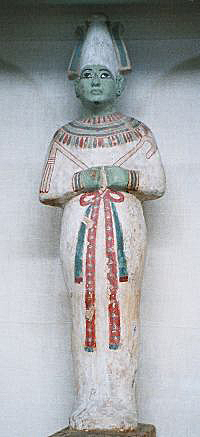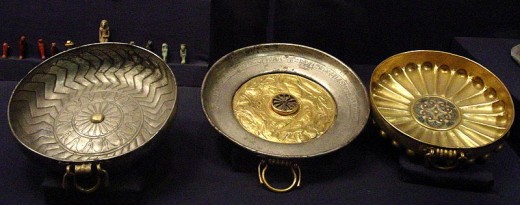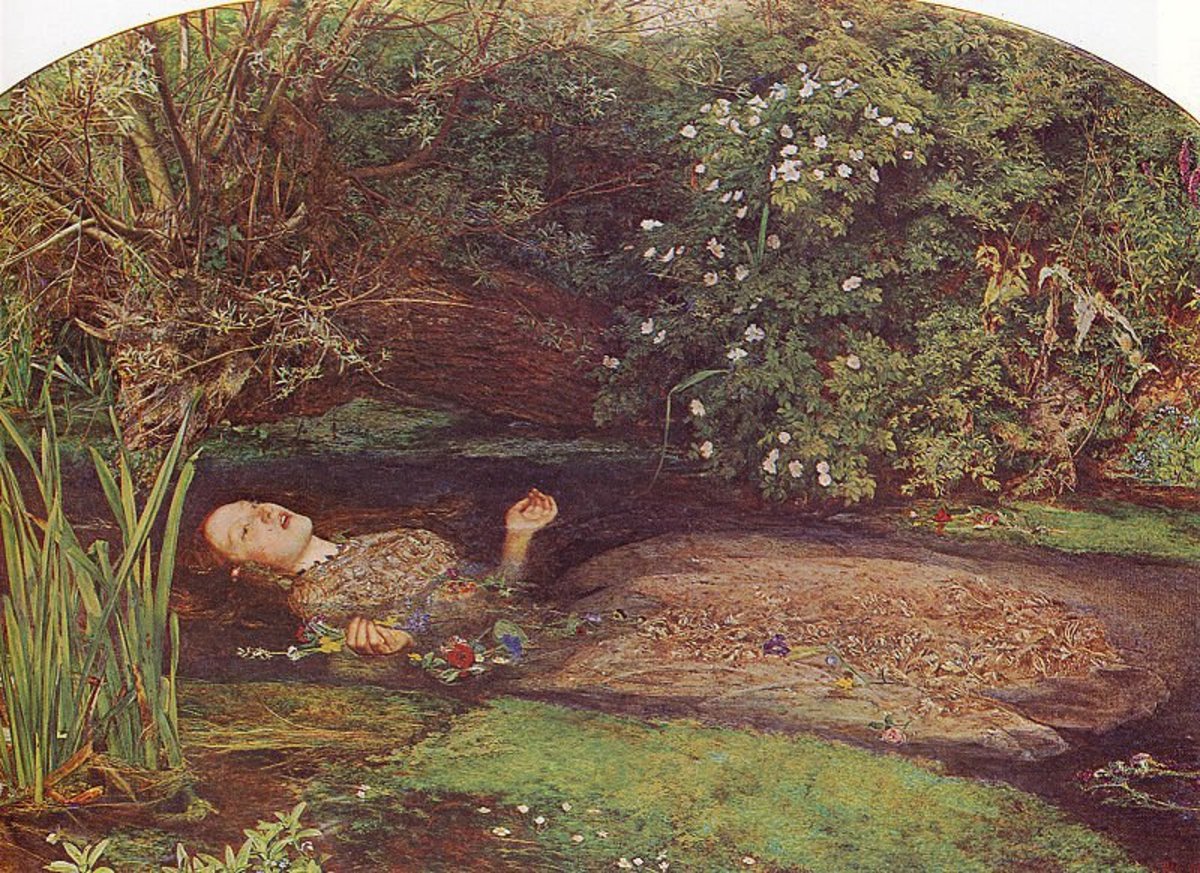Egyptian Museum (Cairo, Egypt)

Demand for Egyptian Art in the 17th and 18th Centuries
Today, the Egyptian Museum in Cairo, Egypt contains the world’s most important collection of the arts of ancient Egypt. One might think it is a “given” that the most important collection of ancient Egyptian artifacts should be found in Egypt, but this was not always the case.
Egyptian statuettes, stelae—inscribed or carved stone slabs set upright, scarabs—carvings representing the holy beetle, and coffins often were found in the collections of European courts and wealthy households in the seventeenth and eighteenth centuries. Napoleon’s expedition to the Nile aroused public interest in Egyptian antiquities. Enthusiasm was increased when the key to the decipherment of Egyptian hieroglyphics was found on the Rosetta Stone. Demand for all types of Egyptian art continued to grow. Collectors and museum directors wanted Egyptian art.
Plunder of Egyptian Art in the 19th Century
My research has shown that in the nineteenth century, under the reign of Mohammed Aly, the plunder of Egyptian art knew no bounds. European consuls in Egypt, seeking to satisfy the requests of their countrymen—and perhaps wanting to earn some money for themselves—became the first international dealers in Egyptian antiquities. They obtained permission to ransack the local cemeteries. Their agents—prominent local families—collected entire caravans of artifacts for them year after year. Twenty holding companies were formed. The purpose of these companies was to collect Egyptian art and sell it to stock museums in Europe.

Conservation of Egyptian Antiquities
In 1834, an organization for the conservation of Egyptian antiquities was established, and a museum was set up in Cairo in a school near the Ezbekiah Pool under the direction of Sheik Rifaa, the Minister of Education. Youssef Zia and his assistants collected antiquities from various archaeological sites, which were then catalogued to provide a check against appropriation of artifacts by dealers and tourists. Zia’s work was not particularly successful. Most of the antiquities disappeared before they reached the museum—or were distributed by the government as gifts to dignitaries and important visitors. What was left of the collection was so small, that when the museum was moved to the Ministry of Education’s headquarters, only one room was needed to house it.
An important acquisition by the museum in 1854 was a stelae discovered by Auguste Mariette, a French Egyptologist. When the Archduke Maximilian of Austria traveled through Cairo in 1855, he begged Muhammad Sa'id Pasha, the ruler of Egypt, to give him some antiquities. The Pasha presented him with the entire collection. The mid-nineteenth century nucleus of the Egyptian Museum in Cairo was moved to Vienna, Austria.

Auguste Mariette, Director of Antiquities
When Auguste Mariette learned that Napoleon III was planning to spend the winter of 1857 in Egypt, he used his influence to secure an invitation to accompany the Emperor of his trip. Napoleon III’s visit to Egypt didn’t materialize, and Mariette traveled to Egypt alone.
Napoleon III recommended that Muhammad Sa'id Pasha put Mariette in charge of an Egyptian antiquities museum. The Pasha’s decree of June 1, 1858 appointed Mariette Director of Antiquities, but it didn’t mention the establishment of a museum.
Mariette knew that if he pressed for a museum, he would face opposition from antiquities dealers, the European museums, and the Egyptian government. He remained quiet and continued to excavate a large number of sites.
To store the artifacts he excavated, Mariette obtained the use of some old buildings on the banks of the Nile River at Boulak which belonged to a river transport company.
Mariette used four rooms to exhibit the most beautiful objects and stored the other artifacts. Mariette had only one assistant, a handyman, who built the pedestals and cases for displaying his finds.
The collection was so popular with Sa'id Pasha and the public, Mariette was able to greatly enlarge it.
Auguste Mariette’s collection of Egyptian antiquities was installed in a new building, which was officially inaugurated on October 18, 1863 by the new ruler, Ismail Pasha.
International Exhibitions of Egypt
Some of the Egyptian Museum’s antiquities were shown at an international exhibition in London, England in 1862. In Paris in 1867, the best of Egypt’s antiquities were exhibited in a specially constructed building which resembled an ancient Egyptian temple that was approached via an avenue of sphinxes. At the Paris exhibition, the Empress Eugenie was so impressed with the Egyptian art she asked Ismail Pasha to give her the entire collection. Thankfully, the Pasha referred the Empress to the director of the museum, Auguste Mariette, who refused.
After this experience, Mariette wouldn’t let the museum’s important possessions to leave Egypt. Only small objects and reproductions were sent to exhibitions in Vienna, Austria in 1873; Philadelphia, Pennsylvania in 1875; and Paris, France in 1878.
Egyptian Museum Moves to Larger Quarters
In 1878, Auguste Mariette’s Egyptian antiquities organization became a government department within the Ministry of Public Works. Money was allocated for the new department, and the collection was expanded. The acquisitions soon outgrew the building at Boulak. Larger quarters were found in the Giza Palace on the opposite bank of the Nile, and the collection was moved in 1891.
The Egyptian Museum’s present building at Midan El-Tahreer (Tahrir Square) was opened in 1902. It’s design, in a Neoclassic style, was the result of an international competition which was won by French architect Marcel Dourgnon.
Have you ever visited the Egyptian Museum in Cairo?




